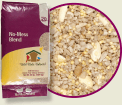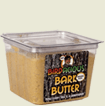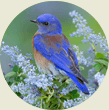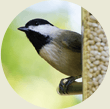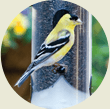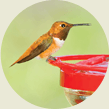Beginning in August, millions of hummingbirds will migrate to Mexico and Central America as part of an instinctive migration pattern that they have followed for hundreds of years. At speeds up to 60 mph, many hummingbirds will travel a non-stop, trans-gulf flight that takes approximately 18 – 22 hours and covers 500 – 600 miles. Hummingbirds feed on flower nectar, insects and sugar-water solution placed in specially designed feeders. Weighing as little as a penny, hummingbirds have the fastest metabolism of any warm-blooded animal, so it’s important that they have a high-calorie intake to sustain their migration.
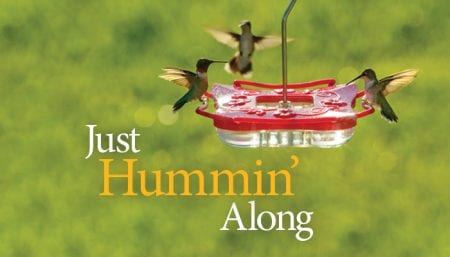
Here is how you can help hummingbirds as they migrate:
- Plant the right flowers – hummingbirds are drawn to plants like Cardinal Flowers, Salvia, Columbines, and Bee Balm
- Create your own nectar – simply mix 4 parts water and 1 part sugar (avoid red dye)
- Have the right feeder – hummingbirds do not suck up nectar with their bills; they actually lap it up with their tongues, drawing nectar into their mouths almost 12 times a second. You can watch this remarkable tongue in action with a Wild Birds Unlimited Window Hummingbird Feeder, which features a transparent bowl that allows you to watch a hummingbird’s long tongue and rapid lapping action
Remember that you don’t need to initiate hummingbird migration by removing your feeders. They know when and where to go. Be sure to keep your feeders up and full of nectar for two weeks following your last sighting. This allows any stragglers to get a drink on their journey south.
To learn more about hummingbirds, visit your local WBU store.

